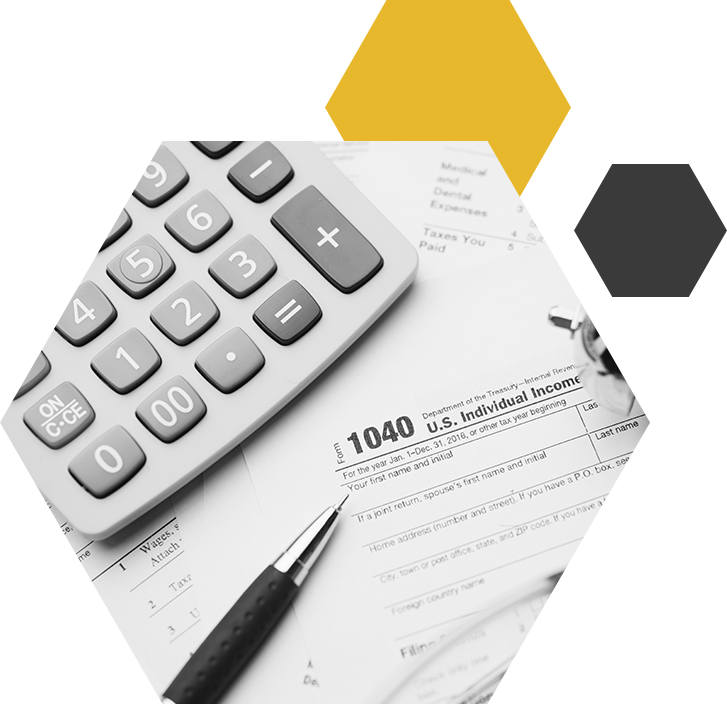Tax Planning Is Important
at Every Age
Tax planning is one area of financial planning that remains essential throughout the life of any investor. When you’re young, it seems like retirement is a long way off, and it is. Yet tax planning is critical, both for now, and for your future. While an investment strategy shouldn’t be based solely on taxes, the opportunity to manage, defer, and reduce taxes should always be considered. You can manage taxes by considering the timing of when an investment is made, as well as the underlying investment selection.
While goals and strategies may change, ensuring your assets are growing tax efficiently and that you are always minimizing your tax liability to the greatest extent possible, is a constant in both your working years and throughout retirement. At Simon and Simon Financial, we work in conjunction with your CPA to look at your short- and long-term objectives in creating your financial plan. You can defer taxes by using tax-deferred accounts, and sometimes reduce taxes by utilizing strategies like donating appreciated securities to a favorite charity, and funding education expenses with the use of Coverdell ESAs and 529 plans.
Sometimes we recommend Roth IRAs because they have different tax rules than traditional IRAs. Roth IRA contributions of up to $6,000 per year ($7,000 if you are 50 or older) can be made in 2019 without affecting your ability to contribute to a 401(k). Because you’ve already paid taxes on the money you contribute to a Roth, you can withdraw your contributions (but not earnings until age 59-1/2) without tax or penalty at any time if the account has been in existence for five years.
You can use money from a Roth IRA to pay for qualified college expenses without being hit with an early distribution penalty, making Roth IRAs a great supplement or alternative to college savings accounts like 529 plans. Keep in mind that only the penalty is waived — you may still owe income taxes on early distributions of earnings, even for qualified college costs. Importantly later on, Roth IRAs are not subject to Required Minimum Distributions or RMDs.
Specific tax planning strategies for younger investors can include:
- Contributions of up to $6,000 per year ($7,000 if you are 50 or older) can be made in 2019 without affecting your ability to contribute to a 401(k).
- Because you’ve already paid taxes on the money you contribute to a Roth, you can withdraw your contributions without tax or penalty at any time. You may, however, be taxed or penalized if you withdraw the earnings.
- When you turn 59½ and have held the account for at least five years, you can take distributions, including earnings, from a Roth IRA without paying federal taxes.
- You can use money from a Roth IRA to pay for qualified college expenses without being hit with an early distribution penalty, making Roth IRAs a great supplement or alternative to college savings accounts like 529 plans. Keep in mind that only the penalty is waived — you may still owe income taxes on early distributions of earnings, even for qualified college costs.
- The Roth account is not subject to the Required Minimum Distributions rules typically required from Traditional IRA’s or 401(k)’s beginning at age 70½. This means you can use a Roth to pass money to your heirs.








